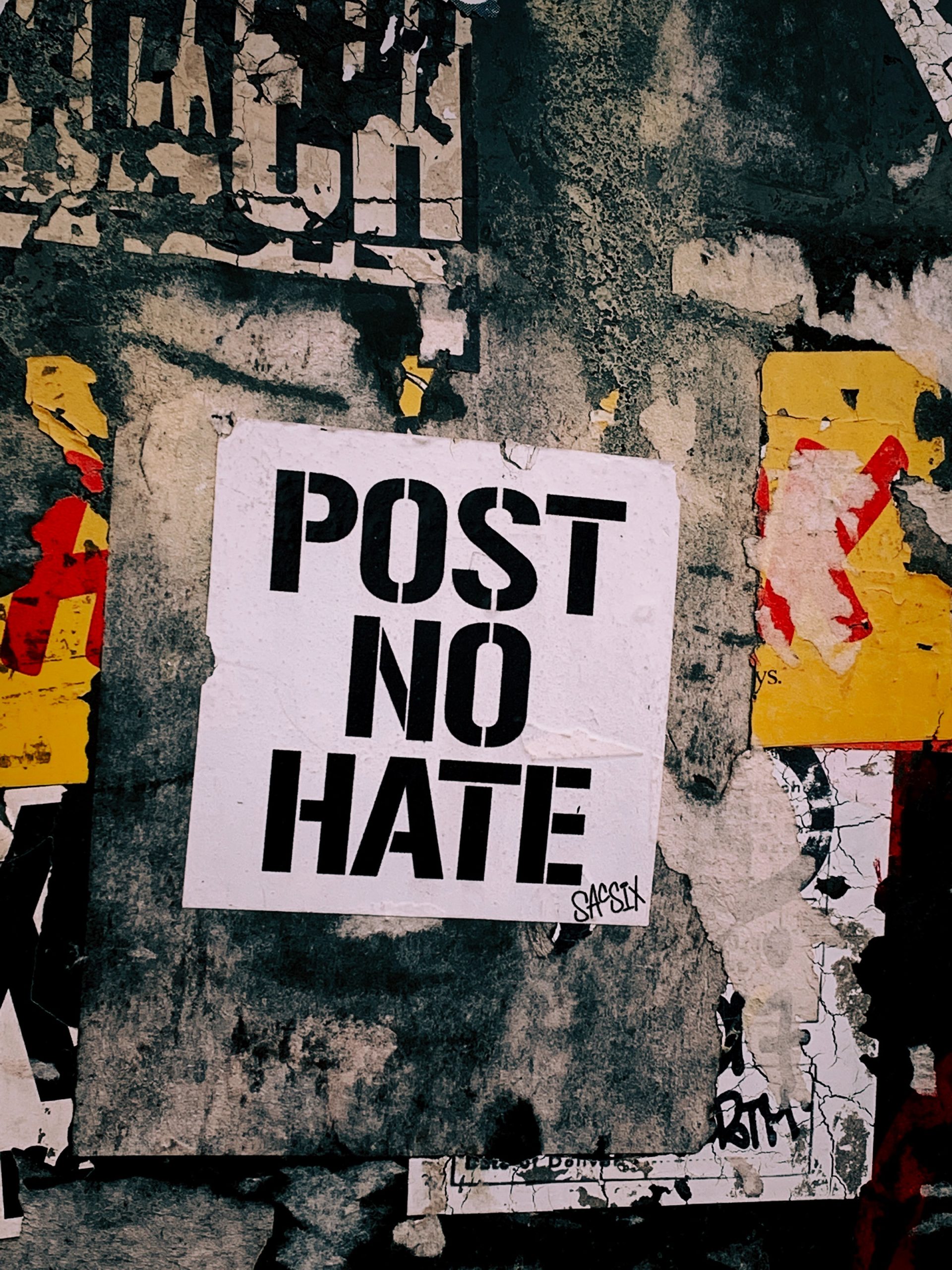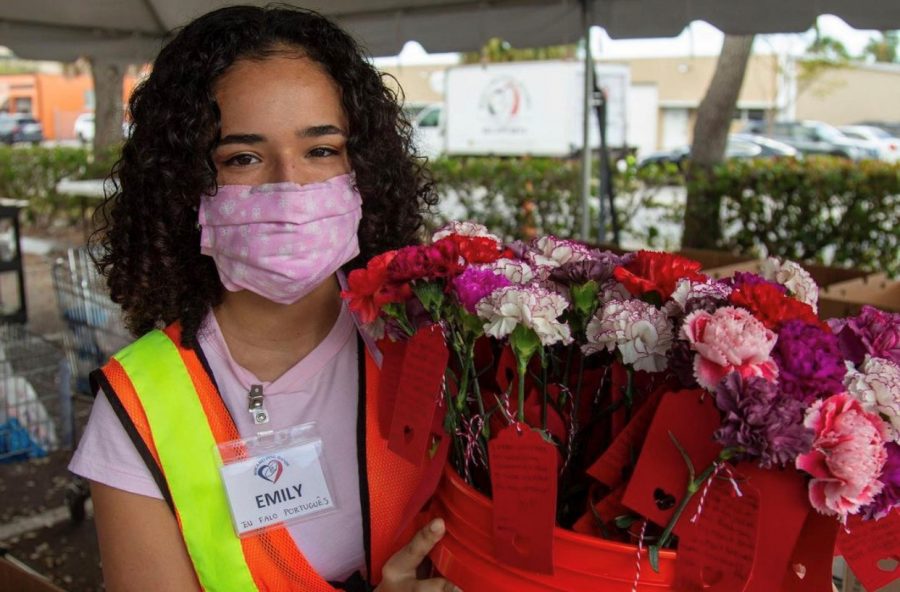Read the latest news and brand new pieces on youth, social media, and emerging technologies! We focus on preventing harm and promoting positive online behaviors.

Model Sexting Law
In my last post, I discussed what I learned in reviewing all of the state sexting laws across the U.S. Some states have comprehensive sexting laws while many others—23 to be exact—have no sexting specific law whatsoever. As noted in my post, this is problematic for a number of reasons, including the risk that minors […]

The Status of Sexting Laws Across the United States
As of July 1, 2022, 23 states in the U.S. do not have laws specific to teen sexting. Our research shows that approximately 14% of middle and high school students have sent explicit images to others, while about 23% have received similar images from others. Likewise, a 2022 meta-analysis of 28 studies published between 2016 […]

Digital Self-Harm and Suicidality among Middle and High School Students
Sameer and I have been interested in digital self-harm for almost a decade now. We first became aware of it when we learned of the suicide of Hannah Smith, a 14-year-old girl from England who ended her own life after being mistreated online. It was ultimately determined that many of the hurtful comments directed to […]

Can Empathy Reduce Cyberbullying Based on Race or Religion?
I have been increasingly concerned about rising levels of hate speech, hate crimes, racist bullying, and xenophobia – especially when considering how these behaviors online are linked to violence offline against marginalized groups. It isn’t just alarming, it’s frightening – especially being a minority and considering what my children may have to deal with while […]

Child Grooming and the Metaverse – Issues and Solutions
Arguably one of the biggest concerns of the metaverse, especially to law enforcement, parents, guardians, and caregivers of children, is the potential for pedophilia, online grooming, and child sexual exploitation. To be sure, the media is quick to focus on this hazard with any new environment (offline or online) that allows for adults and youth […]

A Teen’s View of Social Media in 2022
Hey all, let me introduce you to Emily, a student I’ve had the pleasure of connecting with over the past year. I asked her to give you all an updated perspective on how she (and her peers) are using the most popular apps out there, and provide some self-reflective observations that can clue you into […]

ReThink the Internet: How to Make the Digital World a LOT LESS SUCKY
I recently visited with Trisha Prabhu, Internet Safety advocate and social entrepreneur, to discuss her new book intended to help youth stop hate, lead with kindness, be an upstander, and enjoy their online experiences. I also read an advance copy, and I highly recommend it. Let’s get to our conversation! Trisha, it is so good […]

The Metaverse: Opportunities, Risks, and Harms
We have all been hearing about the metaverse much more frequently over the last few years, and consideration of its promises and perils has picked up tremendous pace in recent months. It is being designed by multiple companies to further connect us to each other and to the experiences we love. And it’s doing so […]

Michigan Teen Latest Casualty of Sextortion
Seventeen-year-old Jordan DeMay seemed to have it all going for him: he was handsome, athletic, and was finishing his senior year at Marquette Senior High School in Marquette, Michigan. He was Homecoming King. When a pretty girl he didn’t know messaged him on Instagram and asked to exchange intimate images, he was skeptical. After a […]

Vicarious Supervision: Preventing Problematic Behaviors Online through Positive Parent-Child Relationships
Lately we’ve been more directly exploring the role of parenting in preventing cyberbullying and other online problem behaviors. To be sure, parents* have a responsibility to be directly involved in monitoring and influencing the early online activities of their children. This could mean occasionally reviewing messages and regularly checking security settings, but should also include […]

